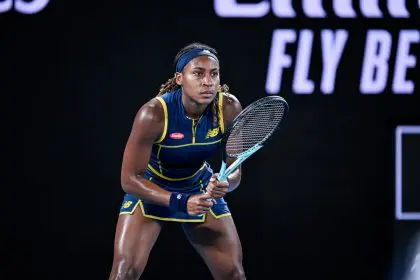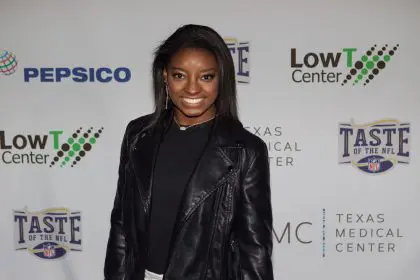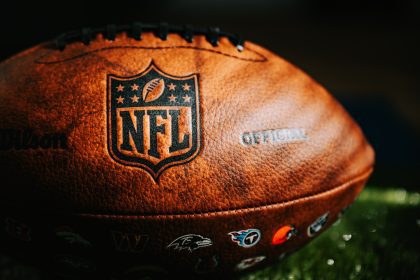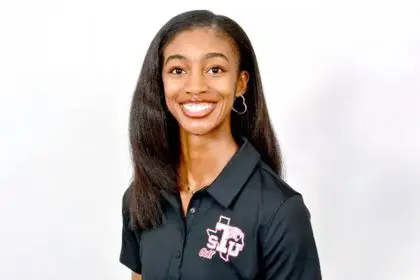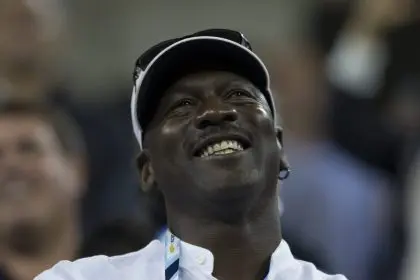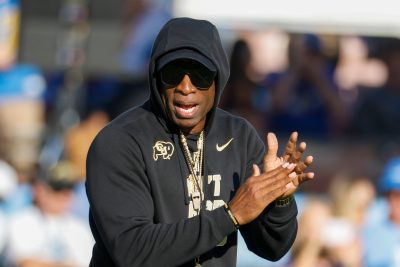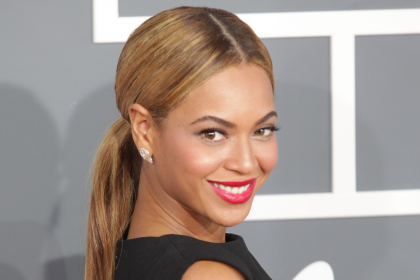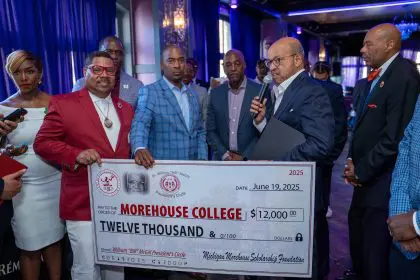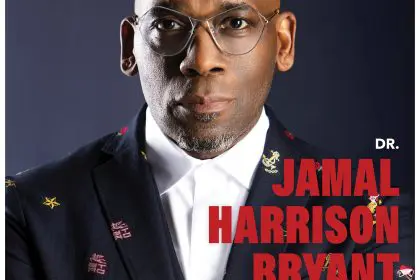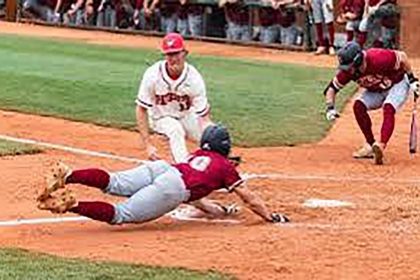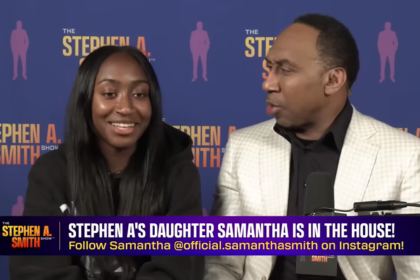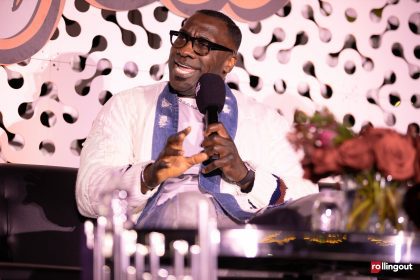 In theory, the NCAA is supposed to be the objective watch dog for all collegiate athletics programs. In theory, it serves punishment for offenders in the same objective manner. The reality is that it maintains a harsher standard for historically black colleges and universities (HBCUs) when compared to major white institutions.
In theory, the NCAA is supposed to be the objective watch dog for all collegiate athletics programs. In theory, it serves punishment for offenders in the same objective manner. The reality is that it maintains a harsher standard for historically black colleges and universities (HBCUs) when compared to major white institutions.
I am the product of an HBCU, Morehouse College. My mother and uncle attended Tuskegee University, and my cousins went to Tennessee State University and Hampton University. At one time, institutions such as these were the only places for African Americans who desired to attend college. Even athletes had to attend these institutions due to the legacy of segregation in the United States.
Now, after this ugly period in American history has ended, one would think that holding HBCUs, who have different historical missions than larger private and state institutions, to the same standards of other schools would be a fair outcome. However, it is not.
This past week, the University of Southern California returned a $35,000 crystal football trophy for the 2004 national title the school won — a trophy that no HBCU has the chance of winning. Sure, they lose 30 football scholarships over the next three years, but this does not hurt a large university in scope as it does a Grambling or Southern University, where two scholarships and loss of a post-season game or tournament makes a major dent in the overall endowment. Likewise, the Ohio State scandal, involving alleged improper benefits to players, may draw some attention, but whatever punishment they receive would not hurt them as much economically as it would a smaller HBCU.
I find it hard to believe that schools with multibillion-dollar budgets and exorbitant resources are considered equal to HBCUs in the purview of the NCAA —schools whose sports programs have lucrative television contracts compared to schools that do not. But the NCAA says yes, for its Academic Progress Rate, which measures a team’s academic performance, indicates HBCU (schools with fewer resources) perform worse. The APR scale suggests that a 50 percent graduation rate is a mark of success. Of the 58 harshest penalties given out this year by the NCAA, half were to HBCUs, although they comprise only 24, or 7 percent, of all 340 schools measured by the NCAA. They included Coppin State, Texas Southern, Delaware State, Jackson State, North Carolina A&T, Mississippi Valley State, Grambling and Southern, all of which were punished by a reduction in scholarships.
Unfortunately, the NCAA doesn’t see the missions of HBCUs, which often have many students who do not meet suggested academic standards, but give students a chance to improve academic skills while enrolled. HBCUs are very unique, in that way, compared to large institutions, for their mission is to develop students personally more than to groom them to be professional athletes. Something that, obviously, means little to the NCAA.
–torrance t. stephens, ph.d.

